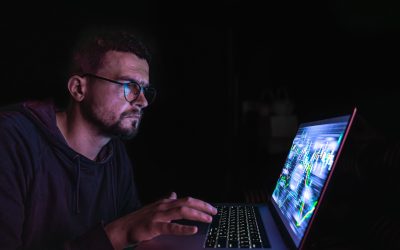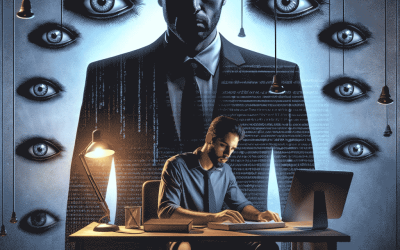Employees no longer work solely in the office, and companies need to adapt their organisational and management models to teleworking, to put trust at the heart of collaboration. Hybrid telework: the fragmentation of the office. Remote work, whether partial or...
What is Hybrid Management?
With the rise of hybrid telecommuting, managers have had to adapt their practices to meet the new needs of their teams. Balancing increased autonomy with maintaining team cohesion, here are the key characteristics of hybrid management. Originating from Hybrid...
5 types of online meetings to protect more
Intrusions into videoconferences expose sensitive information and can sometimes have numerous repercussions, including diplomatic ones. A recent case in point is the leak from a WebEx videoconference. Here are the main types of online meetings to prioritise securing...
“Bossware”: what is this software that spies on employees?
Bossware makes it possible to monitor an employee's activity remotely. The use of spyware is more widespread than you might think, especially since the advent of teleworking and AI. How can they be detected and what are the risks? What is bossware? Bossware" is...
“Bossware”: what is this software that spies on employees?
Bossware makes it possible to monitor an employee's activity remotely. The use of spyware is more widespread than you might think, especially since the advent of teleworking and AI. How can they be detected and what are the risks? What is bossware? Definition and...
5 tips to secure teleworking from Julien, System and Security Admin at Tixeo
Businesses are facing ever-greater cyber threats, and teleworking is exacerbating these risks. Julien, System and Security Administrator at Tixeo, gives us his advice on how to make teleworking (and teleworkers!) more secure. Why do companies need to improve...






